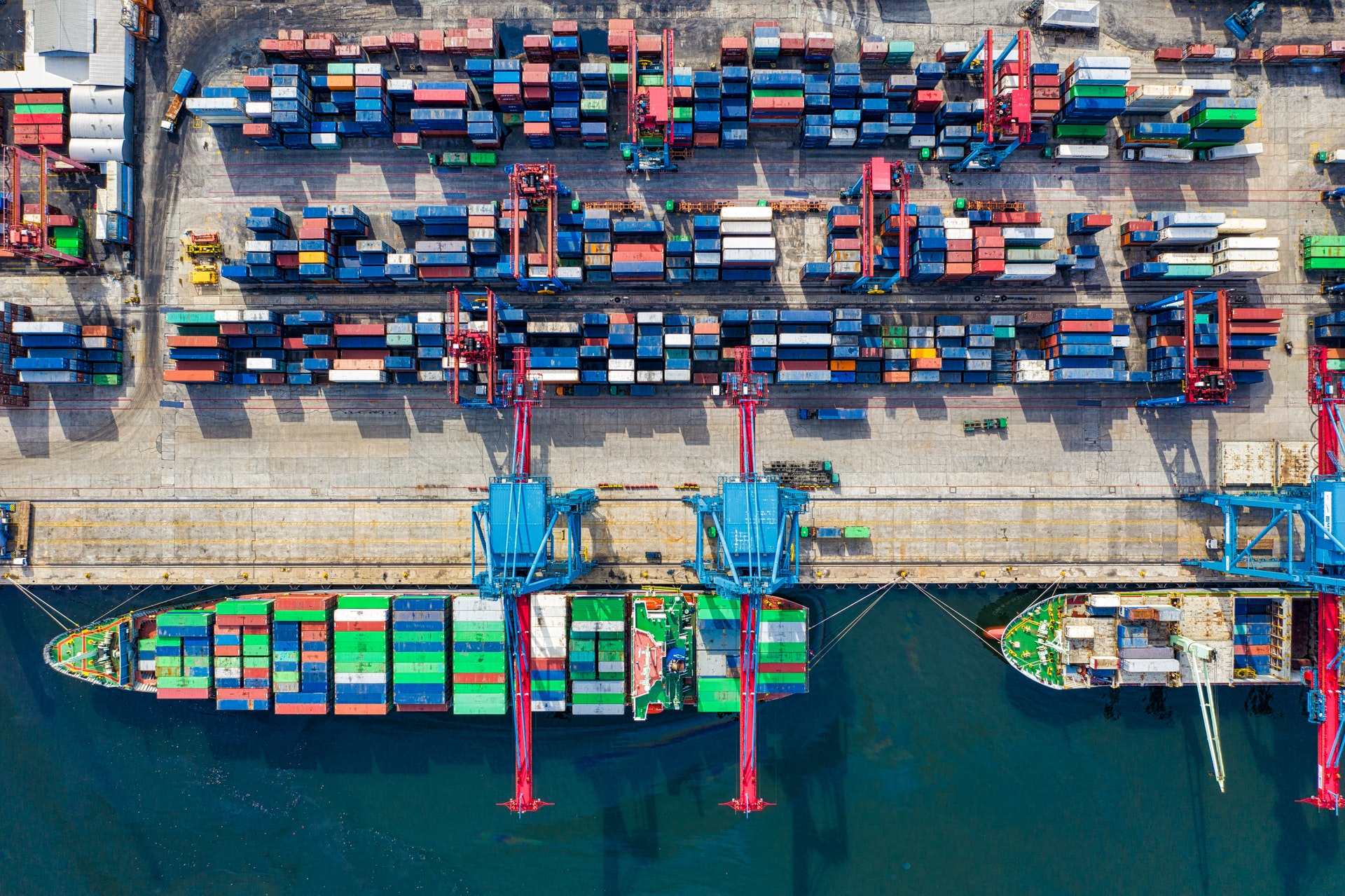
When Logistics Fail.
Have you ever experienced a logistical failure, the required parts, materials or equipment has failed to arrive due to problems with a supplier, the courier or delivery service.
Customer Impacts.
Consider the impact for a minute, it can run from no impact whatsoever all the way up to having to reschedule work for customers – if it is a spare part for a repair, it could even prolong an outage on critical customer equipment.
This is one of the external risks to the business where you have minimum leverage for change. And although situations where business customers are adversely impacted are rare, they unfortunately do happen.
As it is not possible to remove the risk, how can you minimise or mitigate the risk and its impact on you and your customers.
In most cases proactive communications will be your best option, having the customer calling looking for updates is not the way to go. They are probably under some pressure, particularly as they have a part of their business impacted in some way. In the customer world, they may be having regular status meetings about a problem. Having someone report that ABC Ltd still haven’t been in touch and we still haven’t had the delivery, is not what your customer management team wants to hear.
Much better if they can report that you’ve been in touch and are providing regular updates, the time and effort of a few phone calls or emails is well worth expending in this case.
Supplier Impacts.
Your suppliers like any other organisation can suffer problems, the problems that they face are just like those faced by any other business. Again the impact to your business and onward to to your customers, can range from almost none to very serious.
Where you have a requirement for products from specialist suppliers, there is always the possibility that the supplier suffers a problem which may affect your ability to conduct business – as an example there are currently supply problems with chip manufacturers. Undoubtably these will be resolved in a relatively short timeframe, but they will have an impact.
These again are external risks to your business, they cannot be removed and reduction and mitigation strategies will cost money. So this is an area of risk that has to be analysed carefully, the mitigation has to be weighed against cost.
Mitigation Strategy.
There are a number of things to consider when looking at your mitigation strategy here, but as already stated there are likely to be some costs involved.
The first is how to reduce the risk to the business and its customers, there are a number of potential ways of doing this;
- Carry a buffer stock of essential or specialist parts.
- Create working relationships with other couriers and shipping companies.
- If possible have alternate suppliers for specialist requirements.
Having a single supplier, customer or shipping service is a single point of failure – eliminate these risks if you can.
Recent Comments